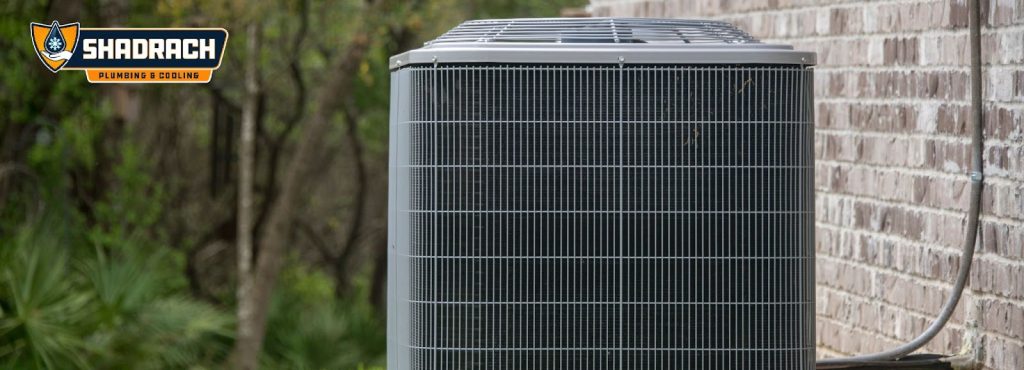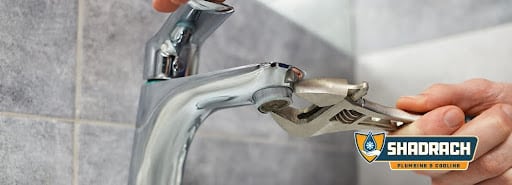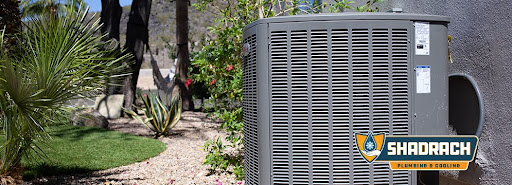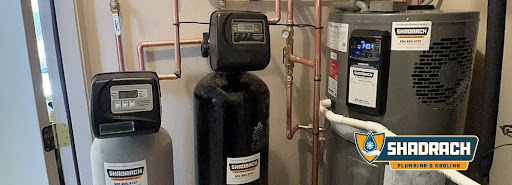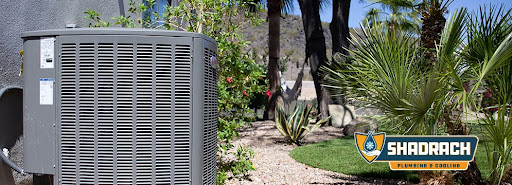The 2023 SEER Rating Mandate & What It Means
The HVAC industry uses equipment efficiencies to help homeowners choose which air conditioning or heating units are best suited for their homes and needs. Efficiency standards are based on the Department of Energy’s SEER ratings, which were initiated in the mid-1980’s to measure an air conditioner’s total efficiency. The SEER rating or seasonal energy efficiency ratio of an air conditioner is vital knowledge for homeowners when purchasing a new one.
It wasn’t until 1992, when former President Bush signed the Energy Policy Act, that a minimum SEER rating was established. At that time the minimum was set at 10. The higher the SEER rating, the more efficient the air conditioner and the greater the upfront cost. Over time, HVAC technology and efficiencies have greatly improved along with the minimum SEER standard.
More changes are on the horizon for SEER ratings. Starting in January 2023, different minimum SEER ratings based on the geographic location of the installation will be required. A minimum SEER rating of 14 is required for central air conditioning units sold in the northern U.S., while in the southern states, where air conditioners are used more heavily, the required SEER is set at 15.
WHAT DOES THE NEW SEER RATING MANDATE MEAN FOR ARIZONA?
Since a higher SEER means a cooling unit is more efficient than its lower SEER counterparts, essentially homeowners will spend less on utility costs. The SEER rating specifically measures how much electricity an air conditioner will use to achieve the level of cooling desired. With every numerical increase in the SEER, a cooling unit uses 10 percent less electricity. For example, a 15 SEER cooling unit in Arizona will use 10 percent less energy to operate than a 14 SEER unit.
There are some instances where a higher SEER may not be beneficial, though, such as if you’re planning to sell your house soon after purchasing a new air conditioner. In this case, there wouldn’t be enough time to recoup the return on investment for the cost of the new, more expensive higher SEER unit. Other factors to consider are the length of the cooling season, which for Arizona is almost a non-issue; and, whether you prefer the indoor temperature to be on the warmer side.
The professionals at Shadrach Plumbing & Cooling have the knowledge and expertise to help you make an informed decision regarding the best SEER rating for your new air conditioner. Call Shadrach today to schedule your no-cost in-home consultation with one of our Comfort Specialists.


